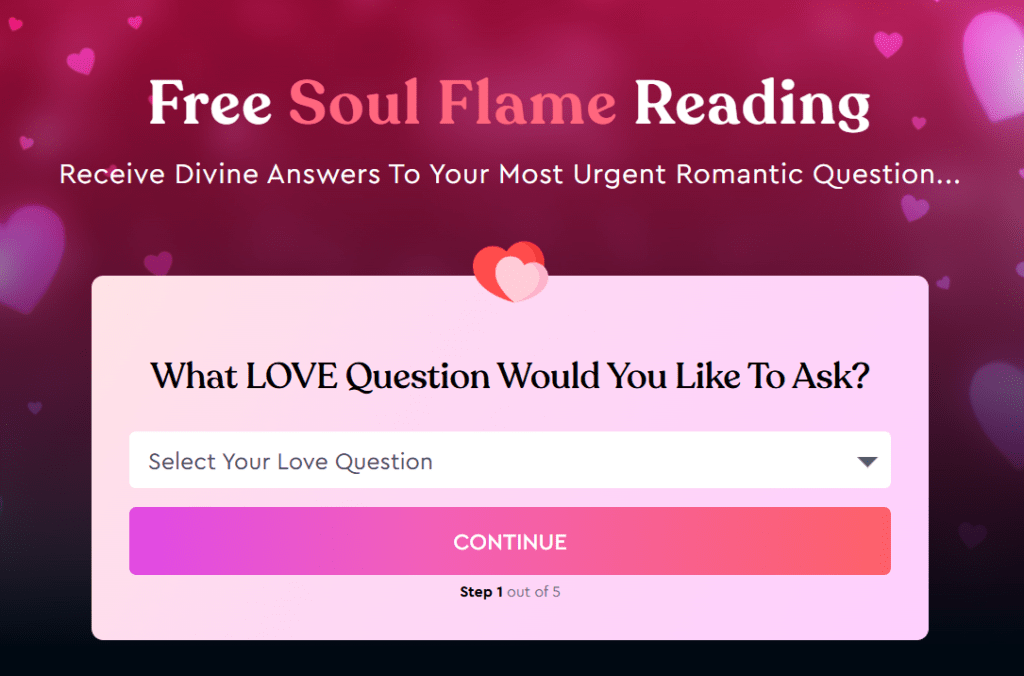Tarot cards are more than just mystical symbols; they are tools of deep insight, reflection, and connection to the spiritual world. For over two decades, I’ve had the privilege of reading tarot for thousands of people, providing them with answers to their deepest questions and guiding them toward clarity in their lives. Tarot is my trusted companion and confidant, helping me navigate the complexities of life. Now, I want to share my journey and insights with you, so you too can learn how to tap into the wisdom of tarot.
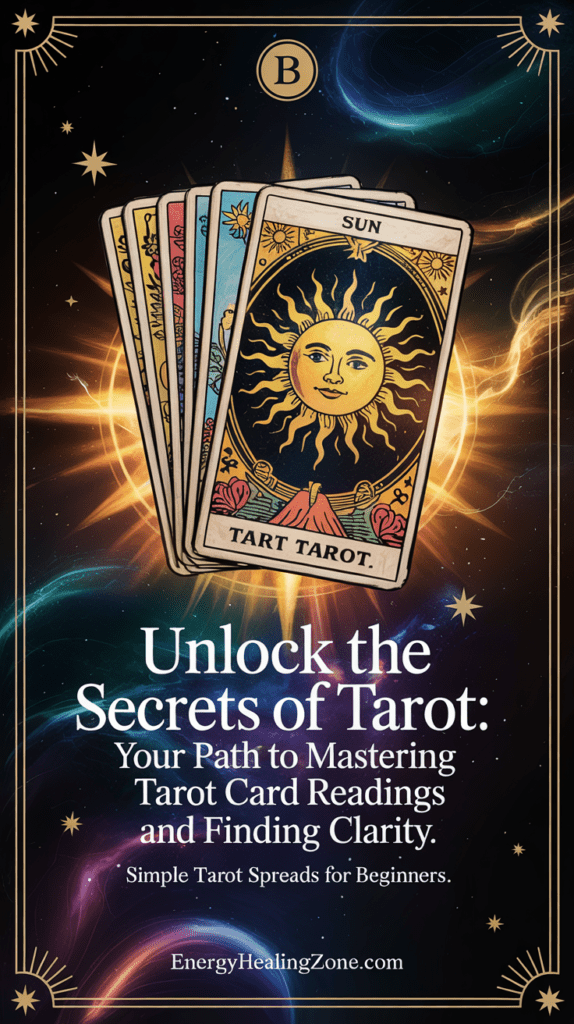
Table of Contents
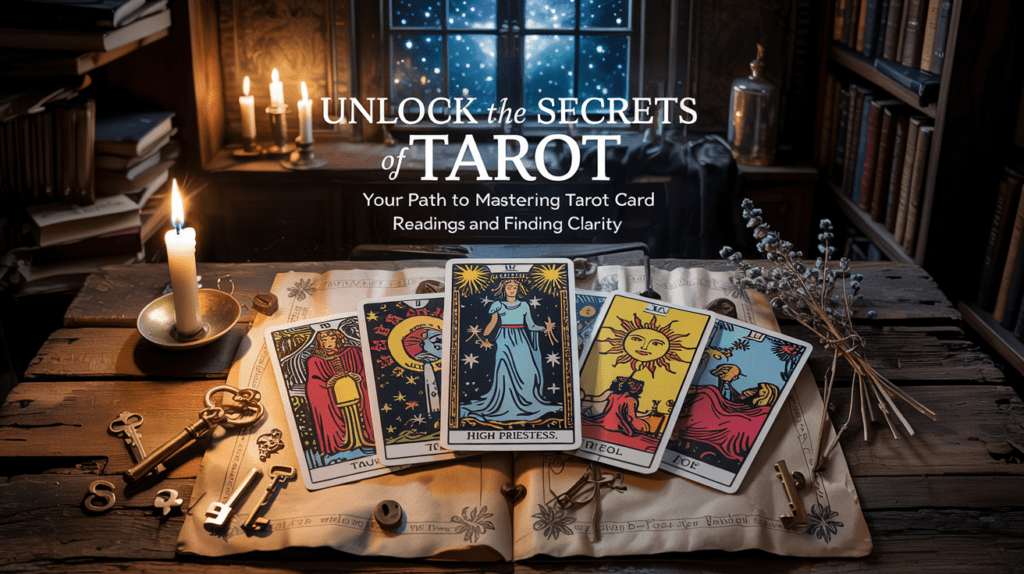
While there are numerous methods of reading tarot, the key to becoming a successful reader lies not in memorizing someone else’s system, but in creating your own connection with the cards. You don’t need me to tell you how to interpret the cards. The cards will speak to you in a unique language, one that is personal to you, and only you can truly understand how to use them.
This article will guide you through the process of getting started with tarot and developing your own tarot reading practice. Whether you’re a complete beginner or looking to refine your skills, these steps will help you unlock the secrets of tarot and create your own method of reading.
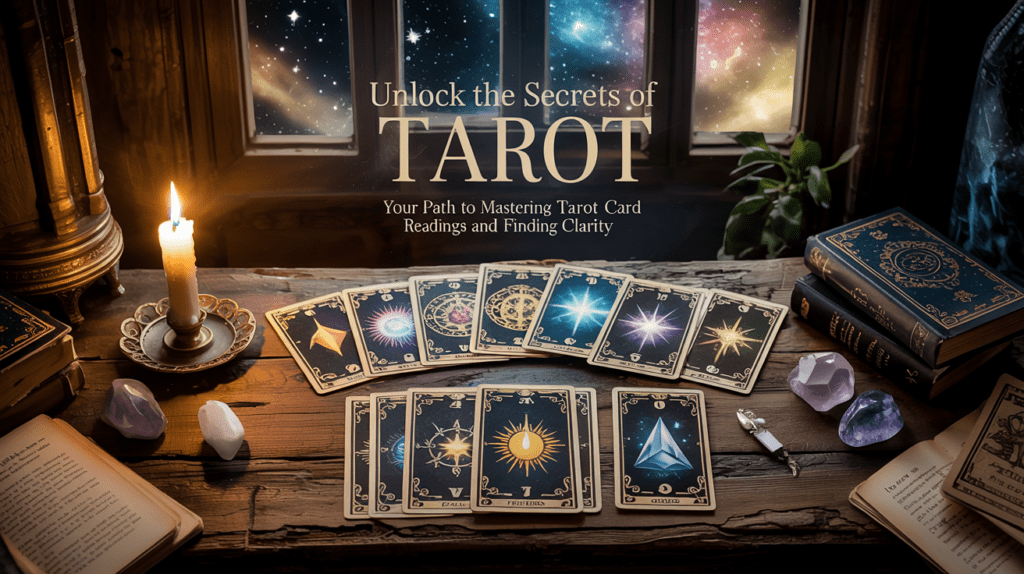
1. Understanding Tarot Cards
Before diving into the practical aspects of tarot reading, it’s essential to understand the cards themselves. A standard tarot deck consists of 78 cards, split into two categories: the Major Arcana and the Minor Arcana. The Major Arcana features 22 cards, each representing major life events and universal truths. These cards are often seen as the most powerful in a tarot reading.
The Minor Arcana consists of 56 cards, broken down into four suits: Cups, Wands, Swords, and Pentacles. These suits represent different aspects of life, such as emotions, creativity, intellect, and material concerns. Each suit has 14 cards, with numbers 1-10 and four court cards (Page, Knight, Queen, and King).
Each card has its own unique symbolism and meaning, and it’s essential to get familiar with them to start reading tarot. But remember, the true magic of tarot lies in how you personally interpret the cards and the story they tell you.
2. The Importance of Tarot Card Meaning
To get started with tarot readings, it’s important to familiarize yourself with the meanings of the cards. Knowing the meaning of each card is the foundation of your practice. However, this doesn’t mean you need to memorize every card right away. Tarot is not a test of knowledge; it’s about building a relationship with the cards and learning to trust your intuition.
The Major Arcana cards often signify significant life events or spiritual lessons. For example, The Fool represents new beginnings, while The Tower signifies sudden change or upheaval. The Minor Arcana cards, on the other hand, offer insights into the day-to-day aspects of life, such as relationships, career, and finances.
As you grow in your practice, you’ll begin to develop a personal connection with each card. You might discover that certain cards evoke specific feelings or insights based on your own experiences, which will deepen your readings and give you more clarity.
3. The First Step: Choosing Your Tarot Deck
Choosing your first tarot deck can feel overwhelming with so many options available. However, the most important thing is to select a deck that resonates with you. Some decks feature traditional artwork, while others may include more modern or thematic designs.
If you’re drawn to a particular style or theme, whether it’s nature, fantasy, or minimalist art, choose that deck. Trust your intuition when making this decision. A deck you connect with emotionally will be much more powerful in your readings.
4. Simple Tarot Spreads for Beginners
Once you’ve chosen your deck and familiarized yourself with the meanings of the cards, it’s time to start practicing with tarot spreads. A tarot spread is a specific layout of cards designed to answer a question or reveal insight into a particular area of your life.
Here are five simple tarot spreads that I started with, and they’re perfect for beginners:
Tarot Card Readings:Yes and No Spread
The Yes and No Spread is one of the most straightforward spreads you can use. It’s perfect for quick, clear answers to simple questions that require a “yes” or “no” response.
To perform this spread, shuffle the deck and ask your question aloud. Draw one card from the deck. If the card is positive (like The Sun or The Empress), it indicates a “yes” answer. If the card is negative (like The Tower or The Devil), it indicates a “no.” However, be mindful of the card’s symbolism, as each card often carries a deeper message that you should explore.
Past, Present, and Future Spread
The Past, Present, and Future Spread is a classic tarot layout that helps you understand the flow of a situation. It reveals the past influences that have led to the present moment and offers insight into the future path ahead.
Place three cards in a row. The first card represents the past, the second card represents the present, and the third card represents the future. This spread provides a comprehensive view of a situation and can help you identify patterns and make informed decisions.
To expand the spread, you can add additional cards to provide more detail about the past, present, or future. This helps you gain a deeper understanding of the situation.
Love Reading for Couples
Love readings are one of the most popular types of tarot readings. This spread helps you understand the dynamics of a relationship, as well as the feelings and intentions of both partners.
For this spread, lay out two cards: one for you and one for your partner. The card representing you will reveal your feelings and intentions, while the card for your partner will offer insight into their emotions and actions. You can add additional cards to explore the connection between you and your partner, revealing any strengths or challenges in the relationship.
Fear Throw Spread
The Fear Throw Spread is my secret weapon for overcoming obstacles. This spread helps you uncover the fears or self-limiting beliefs that might be holding you back and preventing you from moving forward.
Lay out three cards. The first card reveals what fear is blocking you. The second card shows what action you need to take to overcome this fear. The third card offers guidance on how to release the fear and move forward with confidence.
Fortress Throw Spread
The Fortress Throw Spread is a powerful layout that helps you discover your inner strength and resilience. It shows you the hidden resources you have within yourself that can help you navigate difficult situations.
Lay out four cards. The first card represents your current situation. The second card reveals your hidden strengths. The third card shows the challenges ahead. The fourth card offers advice on how to tap into your inner power to overcome these obstacles.
5. How to Connect with Your Tarot Cards
One of the most essential aspects of tarot reading is building a connection with your cards. The cards are not just tools to give answers; they are your companions in a journey of self-discovery and insight. To deepen your connection, try the following practices:
- Meditate with the Cards: Spend some quiet time with your deck, holding it in your hands and focusing on your breath. Allow your intuition to guide you as you connect with the energy of the cards.
- Journal Your Readings: After each reading, write down your thoughts, feelings, and interpretations of the cards. Over time, you’ll begin to see patterns and gain deeper insights into your readings.
- Practice Regularly: Like any skill, tarot reading improves with practice. Set aside time each day or week to practice reading the cards, even if it’s just for yourself. The more you work with the cards, the stronger your connection will become.
6. Creating Your Own Tarot Method
As you become more comfortable with tarot, you’ll start to develop your own method of reading. This is a process that can take time, but it’s an essential part of your tarot journey. Your method will reflect your unique personality, intuition, and experiences.
To create your own tarot reading method, begin by experimenting with different spreads, card meanings, and styles. As you grow more confident, you’ll find that your readings become more accurate, insightful, and tailored to your needs.
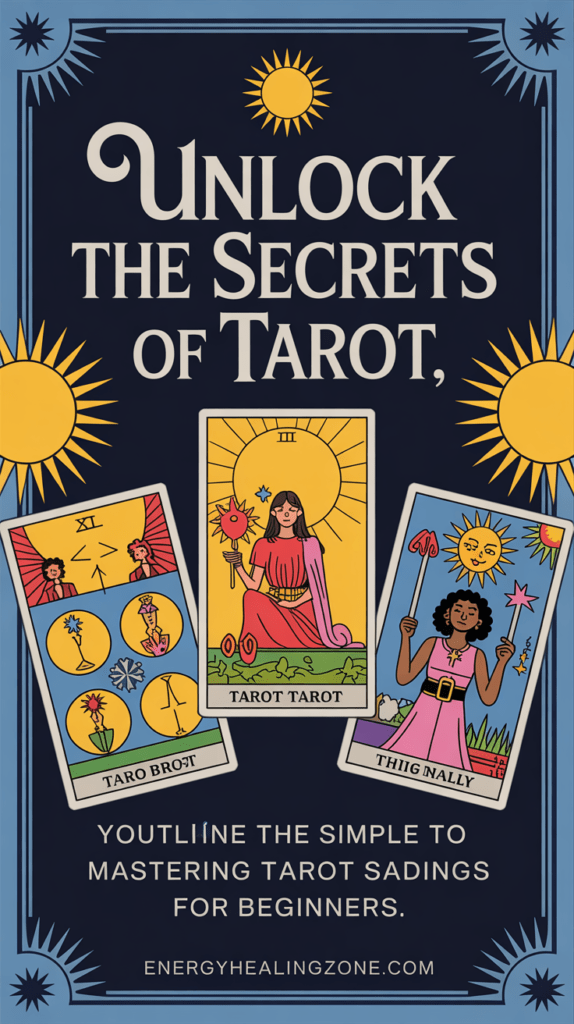
7. How to Interpret Tarot Card Questions
When it comes to asking tarot card questions, it’s important to phrase your questions in a way that encourages deep reflection. Rather than asking yes/no questions, focus on open-ended inquiries that invite guidance and insight. Here are some examples of well-phrased tarot questions:
- “What can I do to improve my current relationship?”
- “How can I achieve greater success in my career?”
- “What obstacles are preventing me from reaching my goals?”
8. Frequently Asked Tarot Questions About Tarot Card Readings
Q: Do I need to memorize the tarot card meanings? A: While it’s helpful to learn the basic meanings of each card, tarot reading is about intuition. Trust your instincts and allow the cards to speak to you.
Q: Can I read tarot for others? A: Absolutely! With practice and confidence, you can read tarot for friends, family, or clients.
Q: Can tarot predict the future? A: Tarot is not about predicting the future with absolute certainty. Instead, it offers insights into potential outcomes based on current energies and choices.
Conclusion
Tarot is an incredibly powerful tool for self-reflection and guidance. By learning the meanings of the cards, practicing different spreads, and trusting your intuition, you can unlock the secrets of tarot and begin your journey toward clarity and personal growth. Remember, tarot is not a one-size-fits-all practice. Over time, you’ll develop your own unique method of reading, one that speaks to your soul and guides you toward a brighter future.
